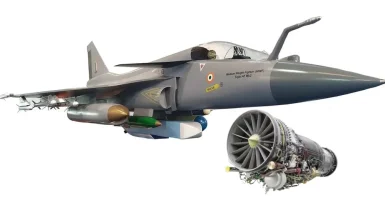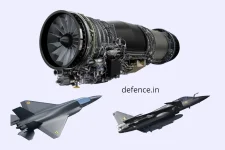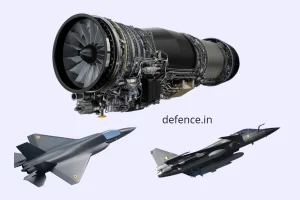- Views: 2K
- Replies: 2
The Aeronautical Development Agency (ADA), the primary organisation responsible for designing India's light combat aircraft, has initiated the process to establish a critical testing facility for the upcoming Tejas Mk2 fighter jet.
By releasing a tender, ADA is seeking partners to develop an 'Iron Bird' test rig, a vital piece of infrastructure designed specifically for the advanced LCA Mk2 programme.
This ground-based facility will be instrumental in meticulously evaluating the aircraft's Integrated Flight Control System (IFCS), ensuring the jet meets stringent performance, safety, and operational requirements before it takes to the skies.
An Iron Bird facility functions as a full-scale replica of an aircraft's systems laid out on the ground. It allows engineers to simulate flight conditions and test how various components interact without the need for actual flight tests, which are more complex and costly. This comprehensive ground testing is essential for validating the design and functionality of critical subsystems.
For the Tejas Mk2 Iron Bird, a major focus will be the aircraft's hydraulic system, which is responsible for actuating flight control surfaces, operating the landing gear, and powering other essential mechanisms.
The tender specifies the use of modern technology to drive the simulation. ADA plans to utilise variable speed AC induction electric motors to power the hydraulic pumps within the Iron Bird's replica system.
These electric motors have been chosen for their robust power delivery and the precise control they offer, which is necessary to accurately mimic the demanding conditions experienced by the hydraulic system during flight manoeuvres.
According to the tender documents, these motors and associated equipment will be installed within a dedicated, permanent structure, providing a controlled environment for sustained testing and development work.
Employing advanced electric motors for this purpose highlights ADA's commitment to using cutting-edge technology to improve the efficiency and accuracy of the Tejas Mk2 development cycle.
By thoroughly simulating the complex interactions between the flight control system and the hydraulic system in this controlled ground environment, the Iron Bird facility will significantly speed up the process of verifying the Mk2's design.
This rigorous testing is a prerequisite for obtaining certification and clearing the path for the aircraft's eventual induction into the Indian Air Force (IAF).
The Tejas Mk2 represents a significant advancement over the current Tejas Mk1/Mk1A, featuring upgrades such as enhanced avionics suites, improved aerodynamic performance, and a greater capacity for carrying weapons and fuel.
It is envisioned as a cornerstone of India's indigenous aerospace and defence manufacturing capabilities, intended to replace several ageing aircraft types currently in IAF service.
The establishment of the Iron Bird facility is, therefore, a crucial step forward in this strategically important programme, underscoring India's push towards self-reliance (Atmanirbhar Bharat) in sophisticated aerospace technology and contributing to the strengthening of the nation's air defence capabilities.



